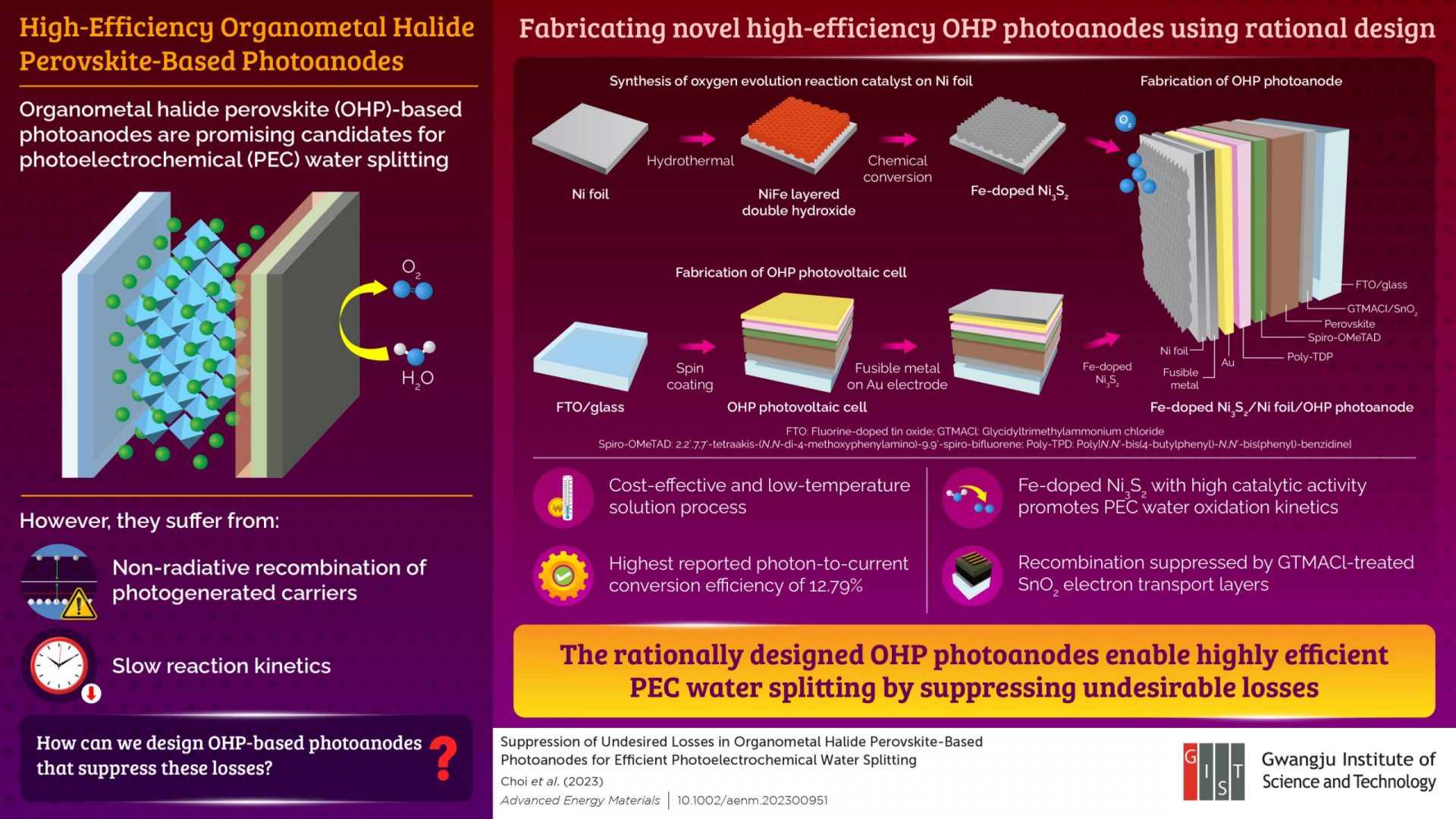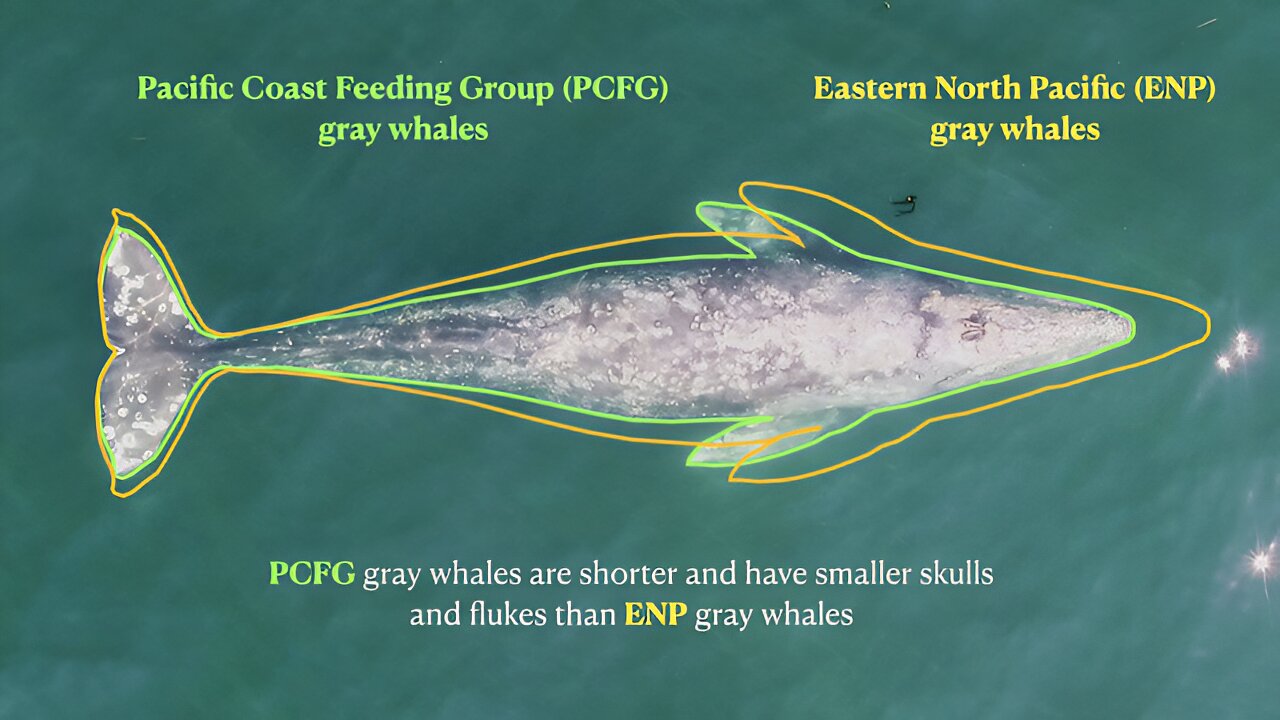Did you know that the current method of producing hydrogen generates harmful greenhouse gases? Scientists are now calling for a more sustainable approach to hydrogen production.
One promising solution is photoelectrochemical (PEC) water splitting, which uses solar energy. However, the efficiency of this process is limited by a lack of efficient photoanodes.
Fortunately, a team of researchers from Korea and the U.S. has made a breakthrough. They have developed a highly efficient photoanode using a rational design approach, which overcomes the limitations of previous materials. Their findings were published in the journal Advanced Energy Materials.
“The high efficiency of the photoanode for photoelectrochemical water splitting was achieved through the simultaneous suppression of internal and external losses of photogenerated carriers,” explains Professor Sanghan Lee, the lead researcher.
The team created a novel Fe-doped Ni3S2/Ni foil/OHP photoanode in three steps. By adding glycidyltrimethylammonium chloride (GTMACl) to the anode, they were able to suppress charge carrier recombination and enhance the stability of the photoanode. Additionally, the Fe-doped Ni3S2 catalyst ensured a high rate of oxygen evolution at the anode.
As a result, the Fe-doped Ni3S2/Ni foil/OHP photoanode achieved an unprecedented efficiency of 12.79%, surpassing previous studies. This breakthrough brings us one step closer to large-scale and eco-friendly hydrogen production using solar energy.
Professor Lee believes that this technology will play a crucial role in the future of renewable energy: “The proposed technology is expected to contribute to the vitalization of the hydrogen economy and carbon neutrality by enabling a large-scale and eco-friendly hydrogen production using solar energy without external voltage in the next 10 years. This, in turn, will help realize hydrogen as an ideal renewable source of energy in the future.”








